The Farmdoc team at the University of Illinois is exploring the performance of various crop insurance programs.
University of Illinois agricultural economist Gary Schnitkey says since its inception in 2015, Supplemental Coverage has made relatively small payments for corn and soybeans in Midwest states, particularly Iowa, Wisconsin, Illinois, Indiana and Ohio. He says the low loss performance makes using Supplemental Coverage Option– and, for that matter, the Enhanced Coverage Option– particularly difficult to justify in the heart of the Corn Belt.
“We looked at the performance of that across Midwestern states from 2015 through 2023. So we looked at if you had paid the premium each year and then got the payment each year, how would it have performed? In most cases, farmers would have paid more in than they would have received. Again, that’s for the period from 2015 through 2023.”
Schnitkey says it’s not just the SCO and ECO programs that are skewed. The crop insurance program premium structure is moving money around the country.
“So why does this matter? Well, what it means is that farmers are paying too much for their crop insurance payments, and that allows other farmers in other parts of the country to pay too little. That causes crop insurance payments in the Midwest to act as a subsidy that flows from the Midwest to the South. This becomes more important as we increase the coverage levels on crop insurance and increase the subsidy rates as suggested by negotiations for the next farm bill. If those continue, we will see more of the subsidies move from the Midwest to the South.”
Schnitkey makes note that it’s easier to justify SCO and ECO use in the Great Plains states rather than the Midwest, which is defined as the Dakotas to Kansas and eastward to Ohio. He says SCO and ECO products can be used to fill in some of the gap between what crop insurance coverage pays and what the actual cost of the loss is.
For more information, go to farmdoc.illinois.edu.

